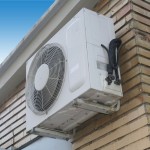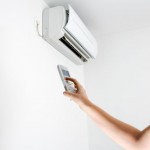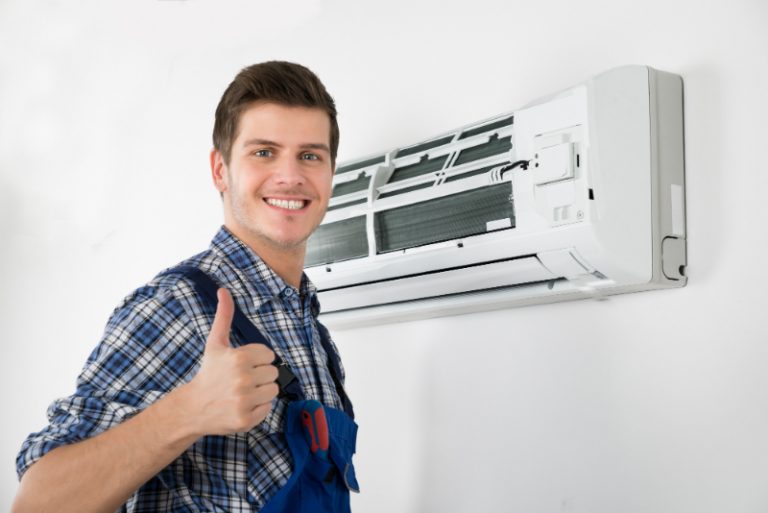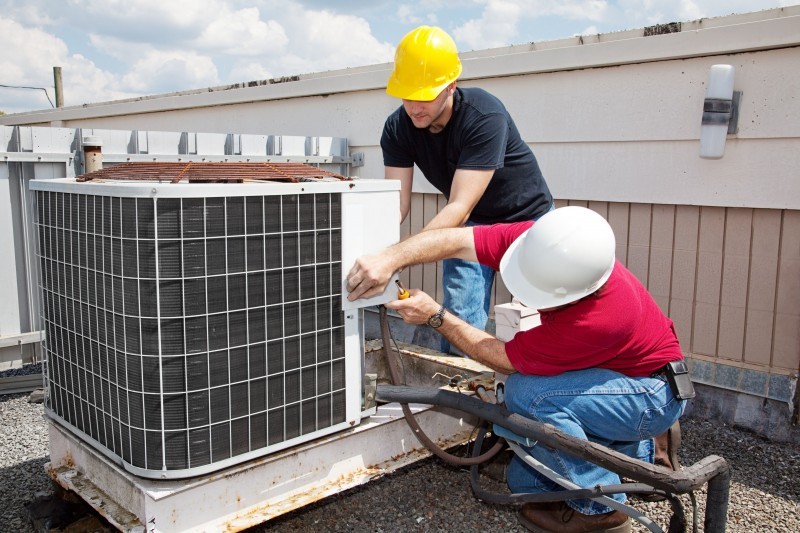Advances in heating and cooling technology have seen the introduction of more efficient systems. These systems have more than one unit integrated to make one system. There is a way of making your system function even more efficiently, but use less energy. A quality HVAC system is energy efficient, but you can make it even more energy-efficient by doing some modifications. Below are some tips on how you can lower your energy bills while using an HVAC system.
Heating
A setback programmable thermostat is a good way of saving energy. It can be programmed to heat the house only when needed.
Using more available and natural kinds of energy to fuel your quality HVAC is better. Though expensive compared to the traditional one, this type of HVAC depends on green fuels such as sunlight and biomass thus costs you less in terms of fuel.
Ventilation
Without proper ventilation in the house, people are bound to get sick. Although recent houses are well ventilated compared to those built long ago, there is still need for proper ventilation due to the number of activities that take place which increase the need for fresher air. Cooking, ironing, dusting and using your heating and AC are some of the activities that pollute or use up the fresh air we need. The goal of ventilation is to let the fresh air in and let the stale one out.
The best way to save on ventilation is by installing vents that are directed to the outside. Install timers to the vents so that when you are on some activities like cooking or bathing, you will be sure that your room is well ventilated. This will also ensure that more energy is saved. This is because it does not have to stay on even after you are done.
Air Conditioning
Instead of the electricity powered AC, you might also consider a ductless or geothermal heat pump which also provides heat in the cold seasons and saves more on energy. In certain areas, evaporative coolers are better, and they use as little as 5 kilowatts per ton in cooling.



